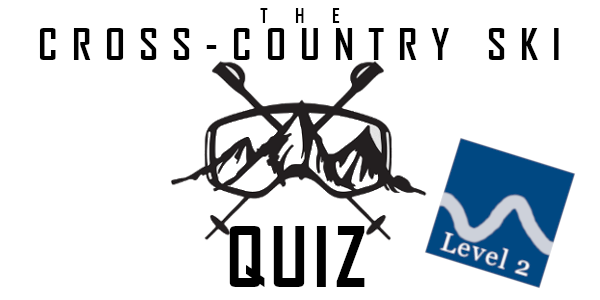We are back with the second part of our quiz series. We have another 15 cross-country skiing related questions for you to answer. Find more information about each question in one of our articles. How much do you really know about cross-country skiing?
Results
Table of Contents
Table of Contents
#1. What is one of the greatest dangers when cross-country skiing off trails?
Find more: Cross-country skiers rarely ski in potential avalanche zones, and while hitting rocks could be a potential risk, it is not at all as life threatening and sneaking as a tree well could be. If you want to know more about what a tree well is, how is it formed and how you can avoid it, you’ll find the answer in this article. https://www.norwiski.com/how-to-ski-in-bad-visibility
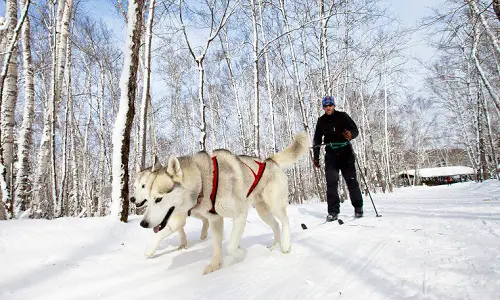
#2. What is the name of the sport that combines cross-country skiing with dogs on a harness?
Find more: Canicross means cross-country running with your dog, while dog skiing is not actually a thing. On the other hand, skijoring is an activity that combines cross-country skiing with your dog or even a horse (equestrian skijoring) using harnesses, hip belt and a towline. Find out more about this great winter sport in our article. https://www.norwiski.com/what-is-skijoring
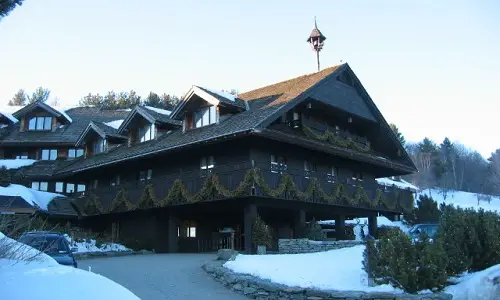
#3. Which cross-country skiing center was the very first to be established in the United States?
Find more: If you have seen the “Sound of Music”, you have already heard about the Trapp family. In 1968, Johannes von Trapp founded the first cross-country ski center in the United States. Meanwhile, the American Birkebeiner is actually a 50 km cross-country ski race first held in 1973. As for the Cross Country Ski Headquarters, its roots were laid down in 1974. Find out more about the Trapp Family Lodge in our article discussing the best cross-country ski trails in New England. https://www.norwiski.com/cross-country-ski-trails-new-england
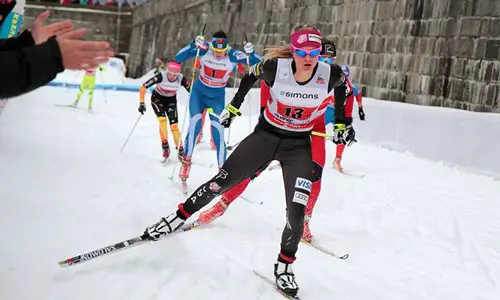
#4. Who were the first cross-country skiers who won a gold medal for the United States?
Find more: Read more about the historic victory of Jessie Diggins and Kikkan Randall in our article about the most inspiring female cross-country skiers. https://www.norwiski.com/most-inspiring-women-cross-country-skiers
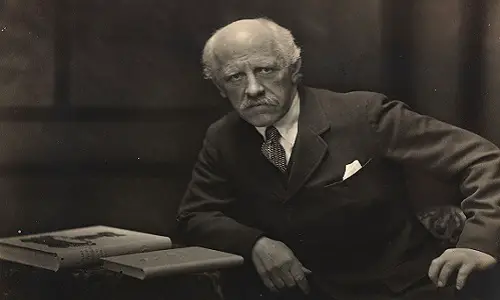
#5. Who was Fridtjof Nansen and what is he famous for?
Find more: Fridtjof Nansen was Norwegian explorer and scientist, who lead the successful crossing of Greenland between 1893-1896. If you want to more about his adventurous life, read more about his journey in his very own words in the book “The First Crossing of Greenland”. We have discussed this historic resource in our list of the best books about cross-country skiing. https://www.norwiski.com/books-about-xc-skiing
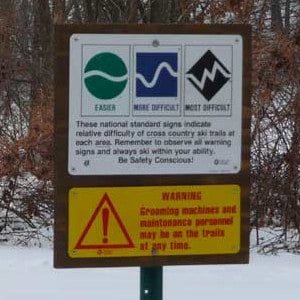
#6. Which one is true? Trail difficulty signs…
Find more about trail signs and the cross-country skiers’ responsibility code in our article. https://www.norwiski.com/xc-ski-trail-symbols-responsibility-code
#7. How many layers are generally advised to wear when cross-country skiing?
Find more: Too many layers could easily make you overheat, so cross-country skiers should think ahead when choosing their clothing. Generally, the ideal choice is three layers made of a base layer, a moisture wicking mid layer and the outer shell that protects you from snow and wind. If you want to know more about how to dress for XC skiing, check out our article. https://www.norwiski.com/how-to-dress-for-cross-country-skiing
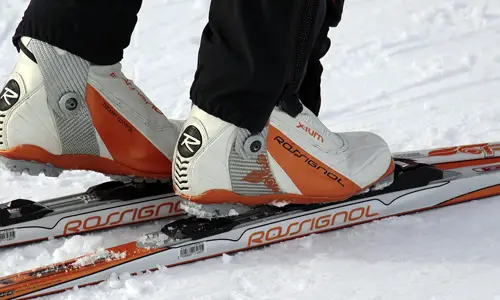
#8. What are the basic structural parts of a cross-country ski?
Find out more about the structure of skis and how they are made in this article. https://www.norwiski.com/what-are-cross-country-skis-made-of
#9. What material is NOT used for the inner core of the cross country skis?
If you haven’t yet read the previously recommended article, then you have one more reason to check it out. We also discuss the most common materials used in cross-country skis. The core is usually made of wood, aluminum or foam. On the other hand, steel is far too rigid and heavy for skis, but it does a fine job for the edges of backcountry touring skis. Check out our article for more information. https://www.norwiski.com/what-are-cross-country-skis-made-of

#10. Which data indicates one’s level of endurance fitness?
Find more: VO2 Max also known as maximal oxygen consumption and it indicates how the maximum oxygen intake during exercises of increasing intensity. This means that it’s the most useful data for measuring one’s level of endurance fitness, especially for cross-country skiing athletes, as XC skiing is considered to be the most exhausting sport of all. Find out more in this article. https://www.norwiski.com/why-cross-country-skiers-have-high-vo2-max
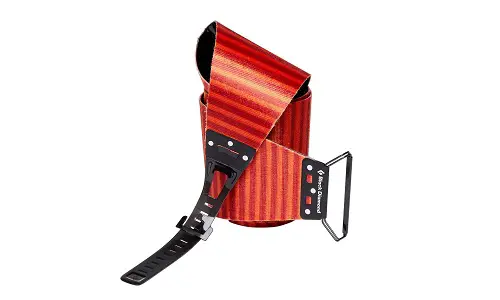
#11. Which equipment is used for ascending off-trail slopes with cross country skis?
#12. Which type of cross-country skis are the narrowest?
Find more: Skate skis are typically the narrowest width about 44 mm at its widest point. Meanwhile classic skis range between 40-50 mm, generally somewhat wider than skate skis. As for backcountry skis, they go as far as 50-70 mm wide!
#13. Which international organization is responsible for professional cross-country skiing?
Find more: The organization governing international professional cross-country skiing is abbreviated FIS for Fédération Internationale de Ski (International Ski Federation). The CCSAA stands for theCross Country Ski Areas Association with member ski areas throughout Northern America. The NNF stands for the National Nordic Foundation (previously known as the National Cross Country Ski Education Foundation), a US-based grant program for supporting cross-country skiing athletes and to propel their achievements.
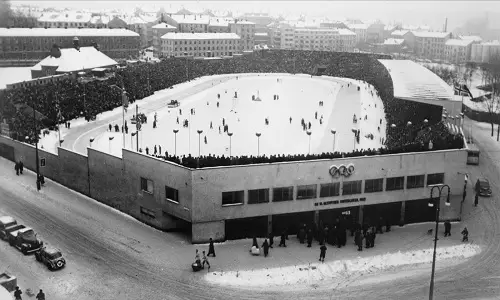
#14. When was the first time that women were allowed to participate in the cross-country skiing events at the Winter Olympics?
Find more: It was in 1952, Oslo that women could participate in the cross-country skiing events, making Lydia Wideman of Finland to become the first female Olympic champion in cross-country skiing.
#15. Which event is NOT among the cross-country skiing events of the Winter Olympics?
Find more: Slalom has never been part of cross-country skiing races, on the other hand it is a popular alpine skiing event since 1936.

